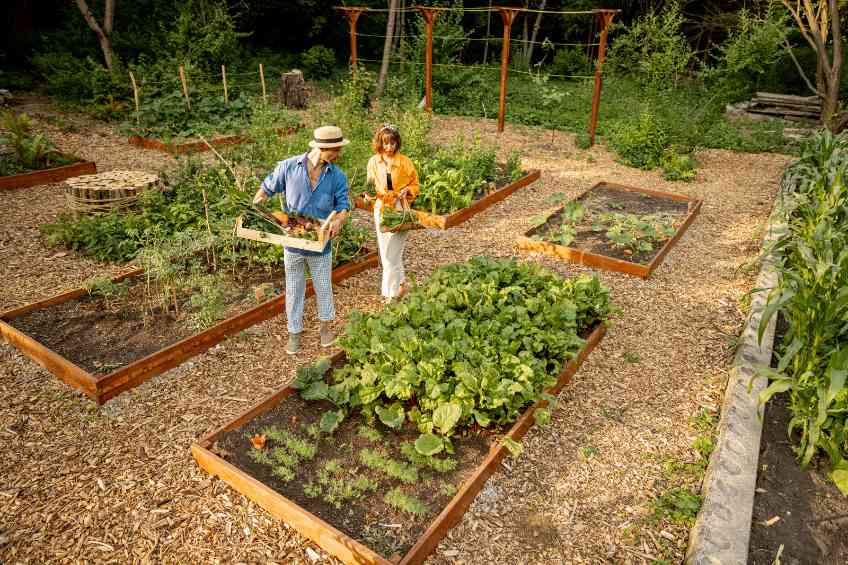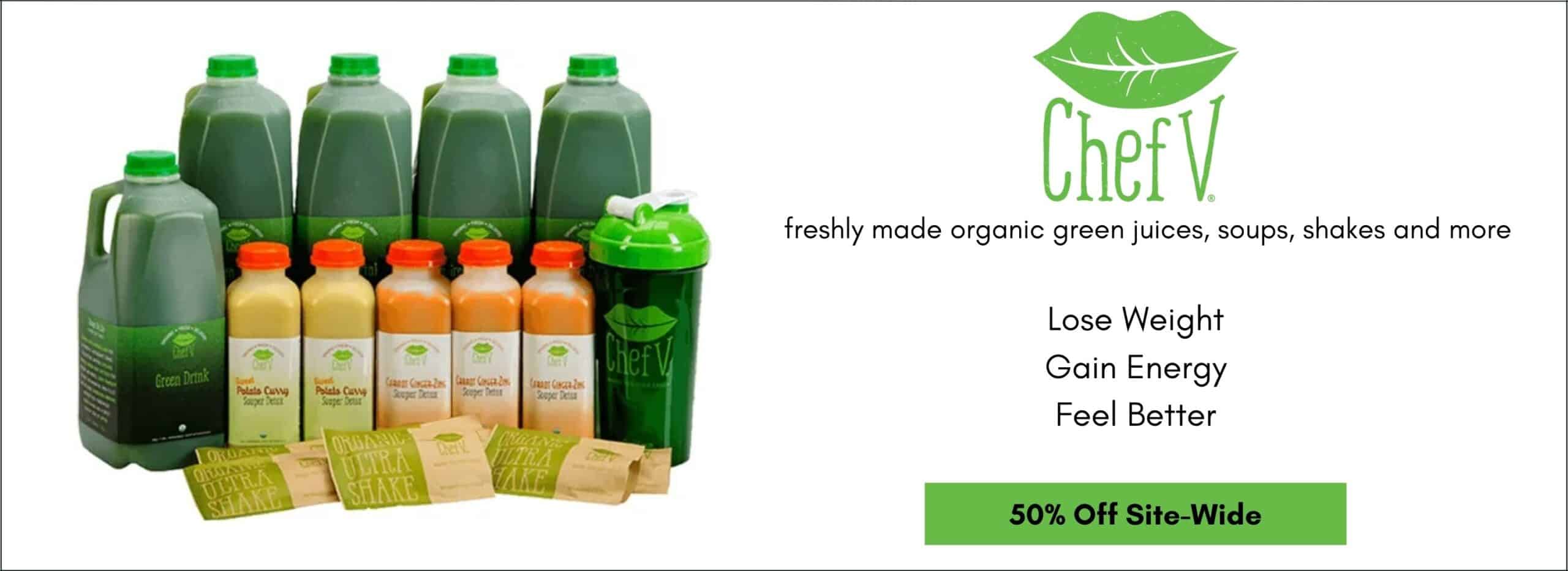By John Salak –
British researchers may have discovered the trick behind getting people to eat more fruits and vegetables. They need to grow more of these goods themselves. In fact, household fruit and vegetable production, in allotments and gardens, could be the key to a healthy and more food-secure population, according to researchers from Britain’s University of Sheffield.
The university’s conclusions came after studying household food growers for a year to assess their production, purchases, donations and waste of fruit and vegetables. The research team discovered that those who grow their own produce can harvest about half of the vegetables and 20 percent of the fruit they consume annually.
Beyond just growing fresh fruit and vegetables, the study also found that individuals in these households consumed 6.3 portions of the recommended 5-a-day servings of various fruits and vegetables. This amount is about 70 percent higher than the average consumption rate in Britain.
This ultimately means home growers are generally embracing a healthier diet than the average person.
“Eating at least five portions of fruit and vegetables a day is associated with significantly decreased risks of developing health issues like obesity, heart disease, type 2 diabetes and certain types of cancer, and could help prevent associated deaths and cut healthcare costs worldwide,” noted the study author, Dr. Zilla Gulyas.
“Our new study highlights the role that growing fruit and vegetables at a household scale could play in increasing their consumption,” Gulyas added.
The findings also suggest that household food production could not only promote healthier diets, it could also support national food self-sufficiency, as well as reduce waste.
Households that grew fruits and vegetables, for example, wasted little to nothing, performing 95 percent better in this regard than the average British household. Increased home growing could therefore have a positive carry-on effect on national food security because these growers commonly donated unneeded food items and also preserved excess food for later use.
Gardening for flowers, herbs or fruits and vegetables is already relatively high in Britain, Almost 90 percent of U.K. households have access to a garden and 28 percent of these households have a vegetable patch in their gardens.
In a somewhat similar fashion, a surprisingly high percentage of U.S. households, 55 percent, also have gardens and a study conducted by the National Gardening Association found roughly a third of the country’s households have grown fruits or vegetables at some point.
This creates a foundation to enhance additional home-grown produce to capitalize and its various potential benefits.
“Global food security is one of the biggest challenges we will face in the future, therefore we must find new ways to increase the resilience of the UK food system,” added Dr Jill Edmondson, whose position would well be echoed in the U.S. and other countries.














